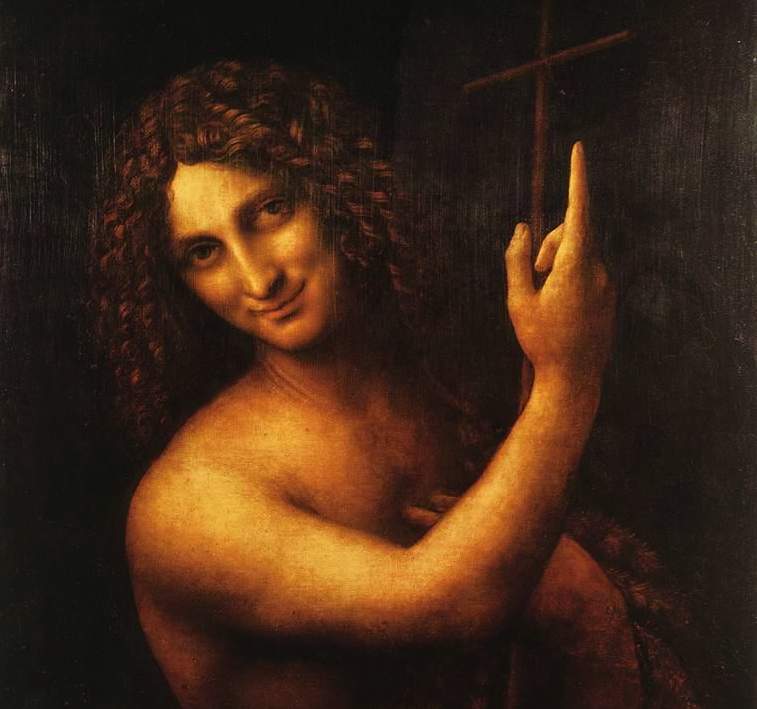Historian Scott Lund has released evidence to support his theory that Da Vinci’s last three paintings have been found to form a complete solar grouping that represented constellations during the solstices and equinoxes at the time of the Catholic church’s Grand Jubilee celebration of 1500 AD.
He has identified remarkably accurate alignments of the paintings with the constellations Sagittarius, Capricorn, and Perseus, indicating that their composition was entirely derived from the shapes of the stars in the sky.
Now we know why it took Da Vinci so long to paint the Mona Lisa and the other two paintings. He may have only work on them when there were ‘favorable aspects’ with the planets.
According to Wikipedia, Da Vinci was a “painter, sculptor, architect, musician, mathematician, engineer, inventor, anatomist, geologist, cartographer, botanist, and writer.” Lund says: “What they didn’t say was that Da Vinci was an astronomer, and unquestionably the greatest one of his age.” He adds that Da Vinci viewed the three paintings from his deathbed as he contemplated the immortality of his soul.
For more information visit www.MonaLisaCode.com




















